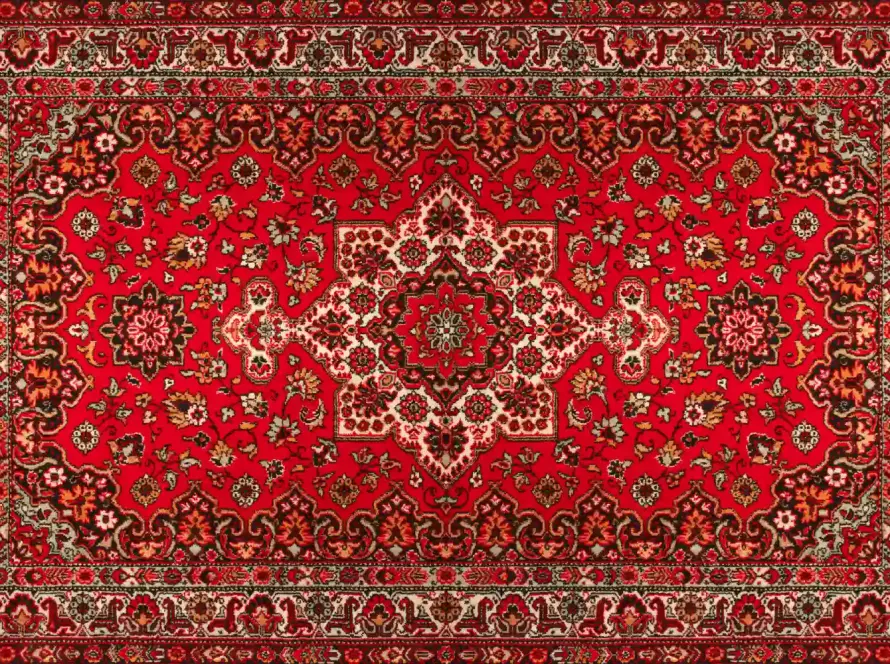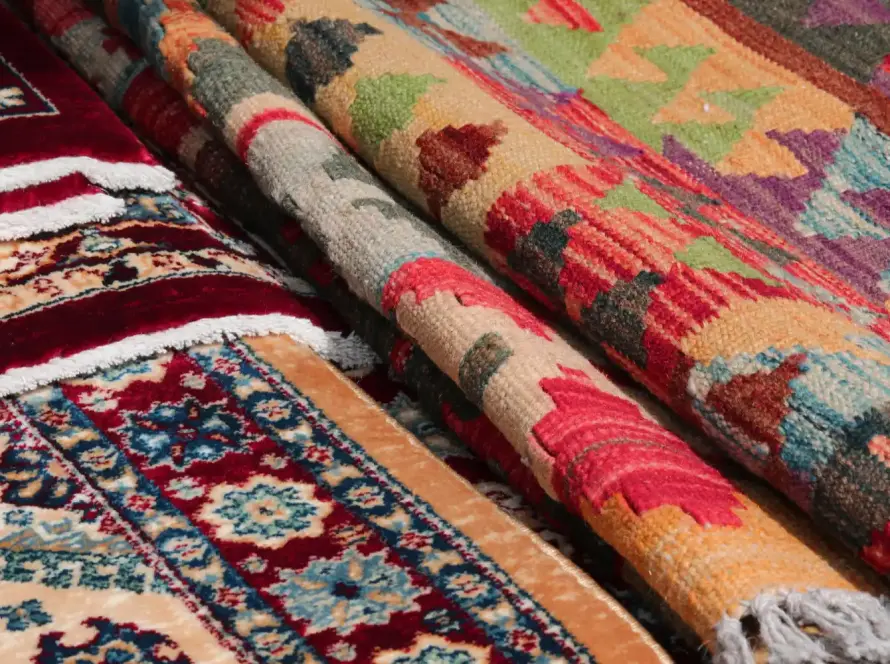Incorporating Berber motifs into your projects offers a unique way to connect with the rich cultural heritage of the Amazigh people. By understanding the significance of these designs, you can use earthy tones and geometric patterns to create authentic expressions that tell stories. It’s essential to engage with local artisans and respect the origins of the motifs, ensuring your work honors their culture. Discover how to authentically blend these elements with modern aesthetics for meaningful design.
Understanding Berber Motifs and Their Significance
When you delve into Berber motifs, you’ll discover a rich tapestry of cultural significance that reflects the identity and history of the Berber people, also known as the Amazigh. These designs aren’t just decorative; they embody deep Berber symbolism, often representing concepts like fertility, protection, and community. Each motif carries stories passed down through generations, connecting you to a vibrant cultural heritage that’s still alive today. By understanding these motifs, you honor the traditions and values of the Berber people, enriching your own projects with authenticity. It’s essential to approach these symbols with respect, recognizing their historical context and the meaning they hold for the Amazigh. In doing so, you create spaces that celebrate both beauty and cultural significance.
Exploring Different Types of Berber Patterns
As you explore the diverse types of Berber patterns, you’ll encounter an array of designs that reflect the unique regional identities and artistic expressions of the Amazigh people. Each pattern tells a story, often characterized by geometric simplicity, which emphasizes the beauty of minimalism while conveying deep cultural symbolism. For instance, zigzag lines represent the journey of life, while diamond shapes often symbolize protection and strength. You might also notice motifs inspired by nature, such as plants and animals, which highlight the connection between the Berber communities and their environment. By incorporating these patterns into your projects, you acknowledge and celebrate the rich heritage of the Berber culture, allowing their timeless artistry to resonate within contemporary design.
Techniques for Integrating Berber Motifs Into Modern Design
While you might think of Berber motifs as traditional elements confined to historical contexts, integrating them into modern design can create a striking balance between past and present. Here are some techniques to consider for modern applications:
- Color Palette: Use earthy tones that resonate with Berber heritage, while pairing them with contemporary hues for a fresh look.
- Layering Patterns: Combine Berber patterns with minimalist designs to maintain visual interest without overwhelming the space.
- Textiles and Materials: Incorporate Berber-inspired textiles in furnishings or wall coverings to add warmth and authenticity.
- Cultural Storytelling: Use motifs to tell a story, respecting their origins while fitting them into your design principles.
Case Studies: Successful Uses of Berber Motifs in Various Projects
Integrating Berber motifs into design not only enhances aesthetic appeal but also honors a rich cultural history. In a recent hotel renovation, designers incorporated Berber textiles in the lobby, creating a warm, inviting space that reflects Moroccan heritage. The intricate patterns of the textiles, combined with local craftsmanship, attracted guests seeking authenticity.
Similarly, an architectural firm used Berber motifs in the facade of a community center, blending traditional designs with modern materials. This thoughtful application not only celebrates the Berber culture but also fosters a sense of belonging among residents. These case studies illustrate how you can successfully incorporate Berber motifs in your projects, ensuring that both aesthetic and cultural significance remain at the forefront of your design.
Ethical Considerations When Using Cultural Elements in Design
When incorporating cultural elements like Berber motifs into your designs, it’s crucial to approach the process with respect and mindfulness. Here are some ethical considerations to keep in mind to avoid cultural appropriation and uphold design ethics:
- Research: Understand the history and significance of Berber motifs to appreciate their cultural context.
- Collaboration: Engage with local artisans or communities to ensure authentic representation and foster mutual respect.
- Attribution: Give credit to the culture and people behind the motifs, acknowledging their contributions.
- Sensitivity: Be aware of how your designs might be perceived, ensuring they honor rather than exploit the culture.
Frequently Asked Questions
What Materials Are Best for Showcasing Berber Motifs in Design?
To showcase Berber motifs effectively, you should consider rich textile options, like woven fabrics, and vibrant ceramic finishes that reflect their cultural significance. These materials will enhance your design while honoring their authentic beauty and tradition.
How Can I Ensure Cultural Sensitivity When Using Berber Designs?
To ensure cultural sensitivity when using Berber designs, you need to prioritize cultural appreciation and respectful representation. Research the history and significance of these motifs, and engage with Berber communities for guidance and collaboration.
Are There Specific Color Palettes Associated With Berber Motifs?
Yes, Berber motifs often feature earthy tones like ochre, deep reds, and rich browns, symbolizing nature and heritage. These colors align with traditional patterns, reflecting cultural significance and enhancing the authenticity of your designs.
Can Berber Motifs Be Used in Digital Design Projects?
Absolutely, you can incorporate Berber motifs into your digital design projects. By using these unique digital patterns, you’ll achieve stunning motif integration that respects the cultural significance while adding depth and authenticity to your work.
What Are Some Common Misconceptions About Berber Design Elements?
You might think Berber designs are just decorative, but many overlook their deep cultural significance. Misunderstanding leads to cultural appropriation, undermining design authenticity. Recognizing their history enriches your projects and respects the heritage behind these elements.

